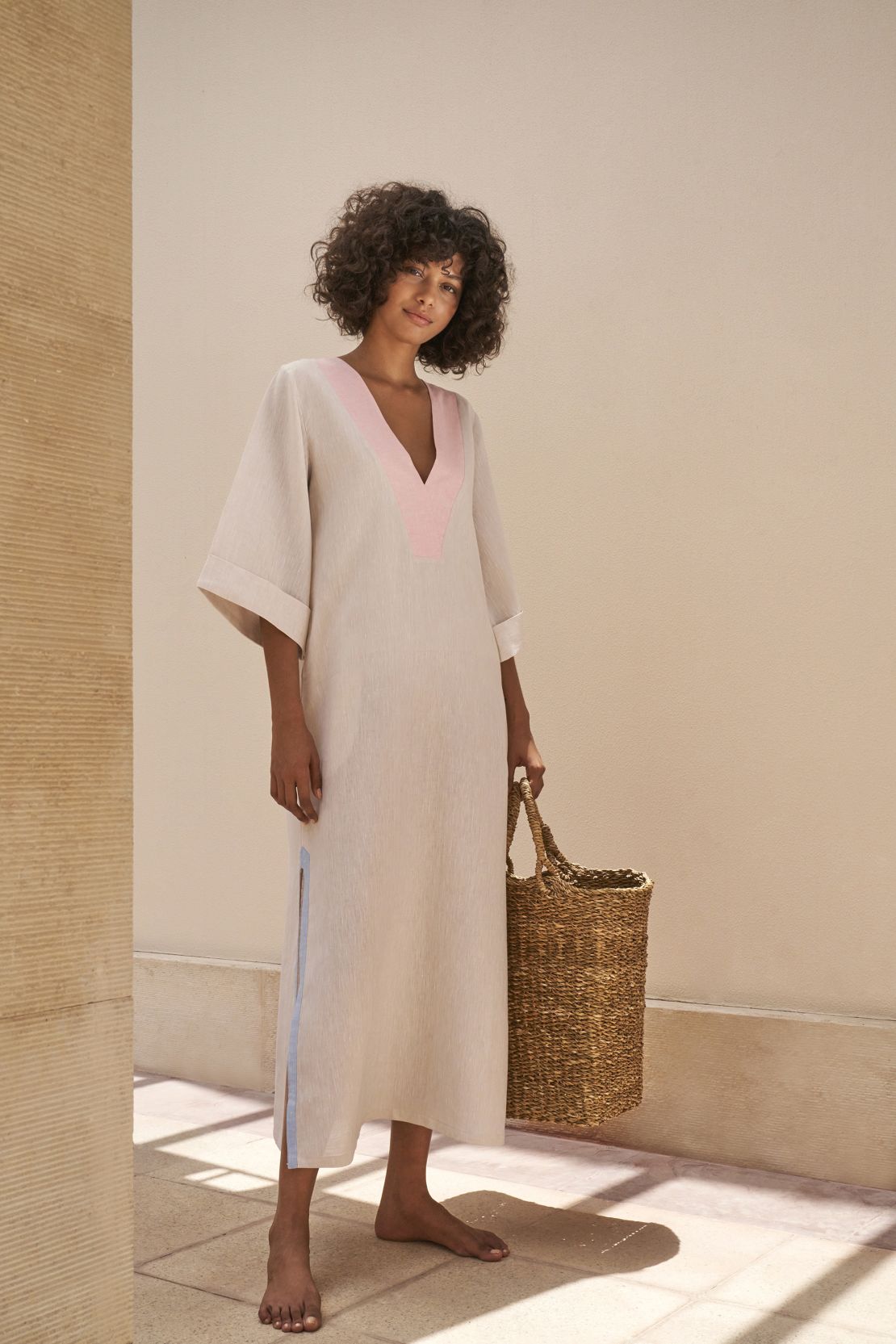Just How to Style Eastern Wear Pakistan Clothes for Contemporary Style
Just How to Style Eastern Wear Pakistan Clothes for Contemporary Style
Blog Article
Unlock the Keys of Timeless Eastern Wear
Checking out the enigmatic realm of timeless Eastern wear looks into a realm where culture, history, and creativity assemble to produce garments that go beyond plain textile and thread. The detailed tapestry of custom intertwined with modern components supplies a look into a world where every stitch narrates, every concept an icon of importance. Introducing the keys behind these developments introduces a tapestry of heritage waiting to be untangled, inviting one to journey through the spiritual appeal and aura of Eastern fashion.
Background of Eastern Fashion
The background of Eastern style go back centuries, mirroring the rich cultural heritage and traditions of varied areas throughout Asia. Each region boasts its special designs, fabrics, and designs that have been influenced by variables like climate, religion, social condition, and profession paths. eastern wear pakistan. For instance, the intricate silk garments of China symbolize beauty and class, while the vibrant saris of India showcase a kaleidoscope of patterns and shades.
In Japan, the robe has been a symbol of practice and improvement for generations, with various designs worn for different occasions. Similarly, the hanbok in Korea stands for the country's ingrained customizeds and is still put on during important events. The background of Eastern style is a tapestry of innovation and custom, blending ancient experiment modern-day influences to create an ever-evolving and vibrant market. Comprehending the beginnings of these legendary garments offers insight right into the social value and workmanship that proceed to inspire modern developers worldwide.
Relevance of Typical Clothing
Standard attire works as a cultural symbol, embodying the worths, ideas, and heritage of communities in Eastern societies. eastern wear pakistan. These garments are not merely pieces of fabric yet are symbolic representations of the rich background and practices gave with generations. In Eastern societies, conventional attire plays a considerable duty in ceremonies, festivals, and day-to-day live, reflecting the social condition, regional associations, and also marriage condition of individuals
The value of conventional outfit goes beyond aesthetics; it is a way for individuals to connect with their origins and express satisfaction in their social identification. Each garment, from the intricate sarees of India to the moving hanboks of Korea, brings with it a story of craftsmanship, meaning, and symbolism that is deeply deep-rooted in the material of society.
Moreover, traditional clothes functions as a visual language, interacting tales of triumph, unity, and resilience. By putting on these garments, individuals not only recognize their heritage yet additionally contribute to the conservation and event of their social heritage.
Advancement of Eastern Embroideries
Eastern embroideries have a rich history that covers centuries and have actually constantly evolved to integrate diverse cultural impacts and respond to changing creative trends. The evolution of Eastern needleworks can be traced back to old people where intricate layouts were hand-stitched onto textiles making use of typical techniques.

Today, Eastern embroideries continue to develop, mixing traditional craftsmanship with modern-day layout perceptiveness to produce classic items that celebrate the charm of social diversity and artistic development.
Luxurious Fabrics in Eastern Use
Glamorous fabrics play an essential role in boosting the visual allure and quality of Eastern wear, boosting linked here the general attraction and class of typical garments. Eastern wear is renowned for its luxurious textiles that not only show the region's rich social heritage yet likewise symbolize sophistication and poise. Silk, a textile associated with deluxe, is typically made use of in crafting Eastern attire, imparting a shiny shine and a soft, smooth appearance. The fine strings of silk not just curtain beautifully however likewise include a touch of extravagance to attire.
In enhancement to silk, materials like chiffon, velvet, and brocade are also commonly featured in Eastern wear. These glamorous materials not only elevate the aesthetic allure of Eastern wear however likewise guarantee a feeling of improvement and elegance that goes beyond time.
Incorporating Eastern Fashion Today
In contemporary style landscapes, the assimilation of Eastern affects presents a harmonious blend of cultural heritage and contemporary visual appeals. Designers and style fanatics alike are embracing the abundant tapestry of Eastern style, integrating conventional components right into modern shapes and styles. From elaborate embroidery to vibrant colors and glamorous textiles, Eastern fashion today uses a diverse range of choices that deal with a worldwide target market.
One way Eastern style is making its mark in modern closets is through the adaptation of traditional garments such as the bathrobe, saree, or qipao right into everyday wear. These items, as soon as booked for special occasions, are now reimagined in even more informal types, allowing for their incorporation right into day-to-day fashion options. In addition, making use of conventional patterns and motifs in Western-style apparel adds a touch of exotic elegance to modern-day attire.

Conclusion
Finally, exploring the rich background, significance, and evolution of Eastern fashion introduces an ingrained link to heritage and values. The elegant materials and elaborate needleworks of Eastern wear showcase the adaptability and timelessness of standard styles. Integrating Eastern affects in contemporary fashion permits for a fusion of tradition and technology, creating a harmonious equilibrium between the past and today.
Luxurious textiles play an essential role in elevating the visual charm and high quality of Eastern wear, improving the total appeal and elegance of conventional garments. Developers and style fanatics alike are embracing the rich tapestry of Eastern style, integrating conventional components into modern silhouettes and styles. From elaborate needlework to glamorous find materials and dynamic shades, Eastern style today offers a varied range of alternatives that provide to a worldwide target market.
One method Eastern style is making its mark in contemporary wardrobes is via the adaptation of standard garments such as the robe, saree, or qipao into day-to-day wear. The luxurious materials and intricate embroideries of Eastern use showcase the flexibility and timelessness of typical styles.
Report this page